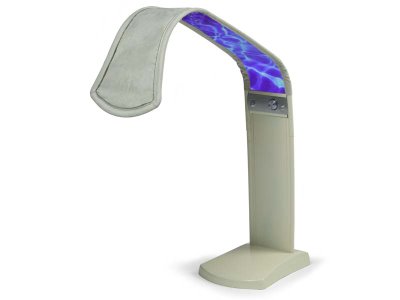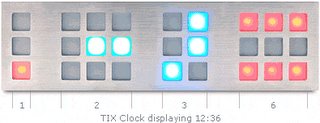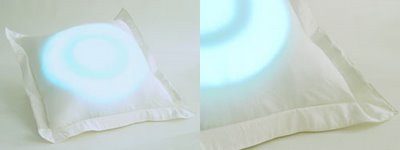If you’re new here, you may want to subscribe to my RSS feed to receive the latest Architectradure’s articles in your reader or via email. Thanks for visiting!

Poster presented at Chi 2007
Our Touch Sensitive apparel is inspired by the vision to leverage stress, comfort, and massage people while they are on the move. When always on the move, as an interview based study has shown, people use technological devices to “tune-out” or express their fear of technology by finding “a place where [their] soul is” . What if objects that people carry with them and even carry on them could offer this sensory comfort that they seem to seek?
More on our Touch Sensitive Apparel.
Inspiration In hypermobile societies, people carry objects, information and goods. They develop habits. The notion of habitus coined by Bourdieu relates to everything that someone does, and in fact defines the individual. The search for comfort, to feel at home (to inhabit space through hab-its, habitus) when on the move defines the populations of our hyper-societies.
Design
Touch·Sensitive is a work-in-progress to develop a series of haptic modules that allow computational massage therapy to be diffused, customized and controlled by people on the move. It provides individuals with a sensory cocoon. Our current prototypes succeeded in defining a flexible structure, a mechanism of diffusion, and a feedback system for alerting and comforting the user through haptic means.
In addition, we propose to integrate machine-learning algorithms to understand the massage needs of the users through the analysis over time of the correlation between the motions of the user, the location of the pressure points, the intensity and qualities of the stimulus. We plan to develop these next steps along with specialists in massage therapy.
Download Chi 2007 WIP paper
Touch Sensitive Apparel was presented at Chi 2007. Enthusiasm, advices, references, and new ideas inspired by the visitors will lead to a new prototype this summer.






